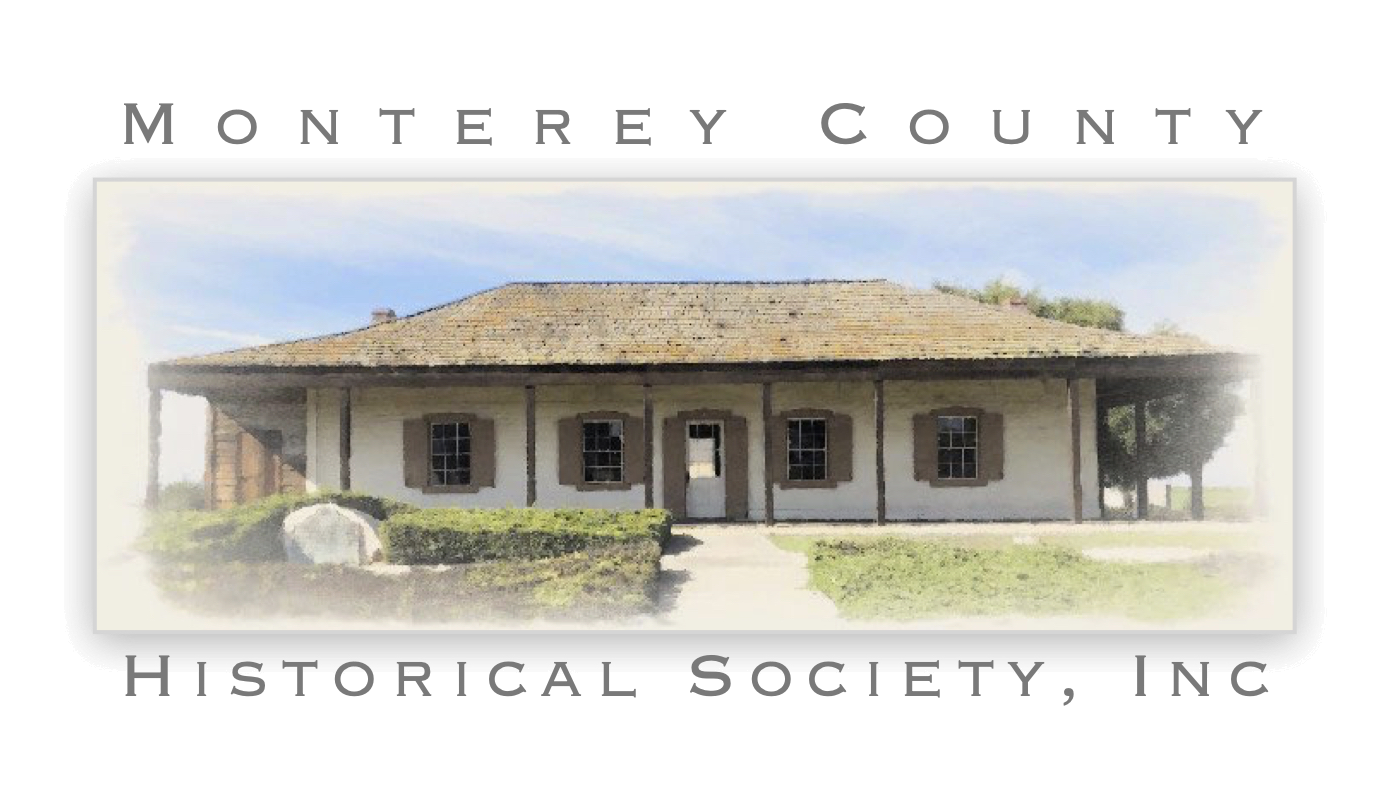Mission Nuestra Señora Dolorosísima de la Soledad, thirteenth in the chain of Alta California missions, was established on October 9, 1791, at the site of an Esselen Indian village recorded by Pedro Font as Chuttusgelis. A temporary church was constructed in 1791 shortly after its founding, and the first annual report was issued in 1794. No mention of construction on ranchos or outlying lands was made in 1794, but an unusual baptism was recorded in that the recipient was a 20 year old man who was the son of Nootka parents, natives of northern Vancouver Island, British Columbia. The following years, to 1797, during the administration of the unpopular Padre Diego Garcia, were years of unhappiness at the mission according to Bancroft’s writers. Engelhardt notes that those years coincided with a period of harsh drought conditions, contributing greatly to accusations of deprivation and abuse of the neophytes by Padre Garcia’s critics. In 1802 an epidemic and a triple murder contributed to deaths which for a period of time numbered five and six per day. By 1805, however, the neophyte population had peaked at 688, then slowly dwindled to 598 by 1810.
The 1827 inventory of holdings required of all missions by Governor Echeandia described the mission boundaries, neighboring ranchos and mission outposts. Soledad’s boundaries met with those of Mission San Carlos (Carmel) on the west, and stretched from La Laguna de los Palos on the south to Chualar on the north. Soledad Indians tended 2,000 sheep at La Laguna Rancho, while two leagues west of La Laguna another 1,600 sheep were kept on a rancho used with the permission of Mission San Carlos. On a second Soledad rancho to the north 1,800 sheep grazed, mixed with the sheep of Mission San Carlos as they had no fence to separate the herds. To the east of the mission 4,000 head of cattle and 800 horses were kept. The Rio de Monterey (Salinas River) ran through the cañon (canyon) at that point, but the water was too low to tap for irrigation. Croplands were irrigated from an arroyo four leagues south and east of the mission. The reporting padre was discouraged with the lack of good timber on mission lands. He noted that the only groves were of poplar, alder, and willow, with some live oak on the neighboring hills.
The secularization inventory in 1836 reported mission property consisting of a vineyard of 5,000 vines, ranchos at San Lorenzo, San Vicente, and San Fernando, and livestock of 3,246 cattle, 2,400 sheep, and 32 horses. Mission liquid assets consisted of $556, while debits amounted to $677. The neophyte population in 1837 was reported at 172, including 45 able-bodied males. In 1839, inspector William Hartnell found 78 neophytes, with 45 cattle, 685 sheep, 25 horses, 2 mules, and 260 bushels of barley remaining of the 1836 inventory. The neophytes complained to Hartnell of grievous wrongdoings by administrator Espinosa and Mayordomo Rosa. In 1841, soon after Hartnell’s visit, the mission was reported to be in ruins with its vineyards, orchards, and gardens gone wild. The mission buildings, furniture, gardens, and 21 fruit trees, together with one league of land on which resided 20 Indians, were sold to Feliciano Soberanes in 1845.
Sources:
- Bancroft, H.H., The History of California (The History Company, San Francisco, CA, 1886).
- Breschini, G.S., T. Haversat, and R.P. Hampson, A Cultural Resources Overview of the Coast and Coast-Valley Study Areas [California] (Coyote Press, Salinas, CA, 1983).
- Engelhardt, Z., Mission Nuestra Señora de la Soledad (Mission Santa Barbara, Santa Barbara, CA, 1929).


